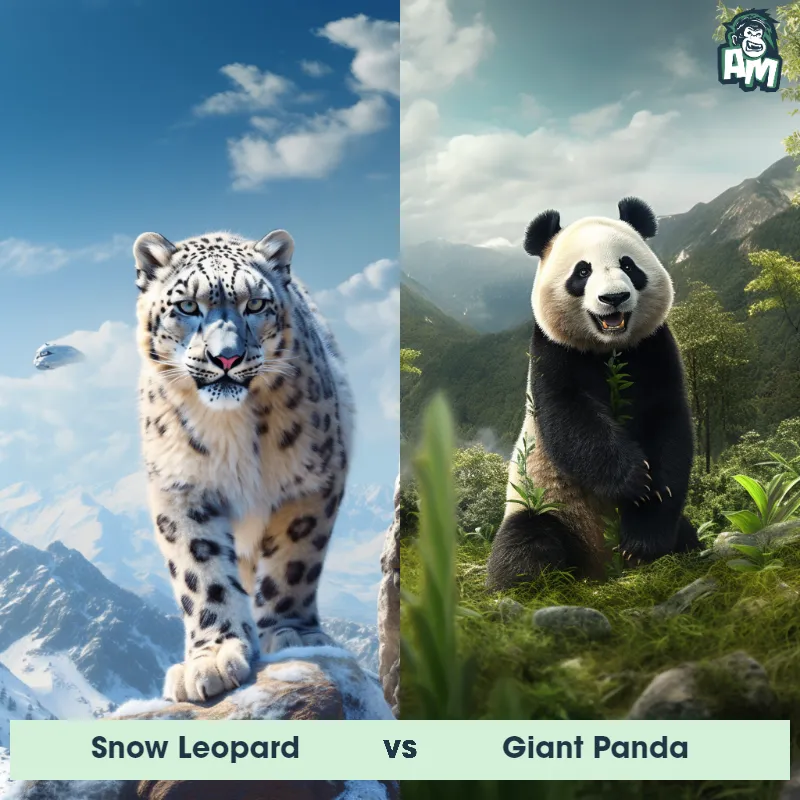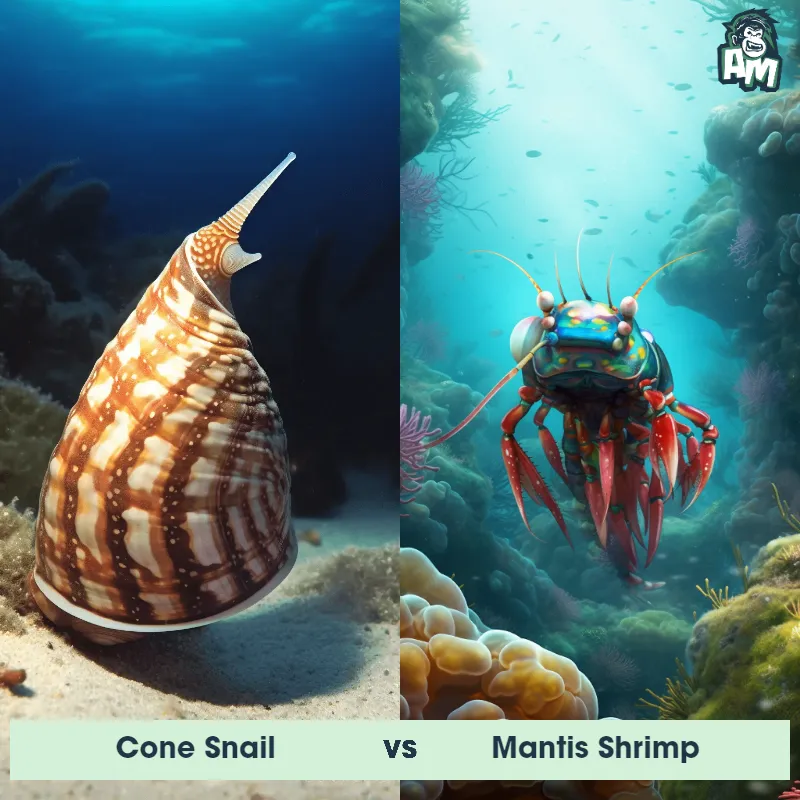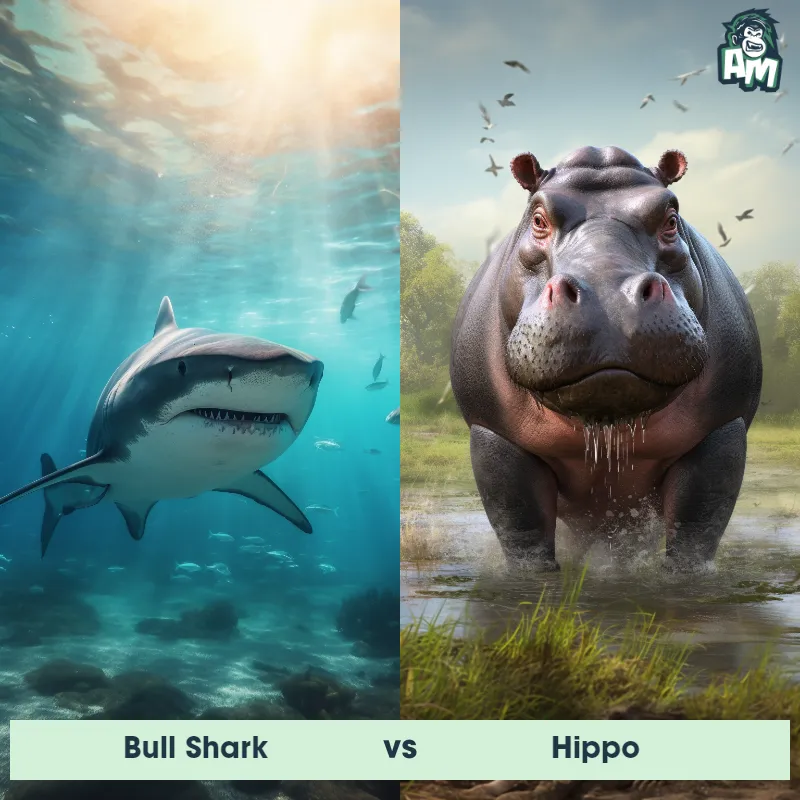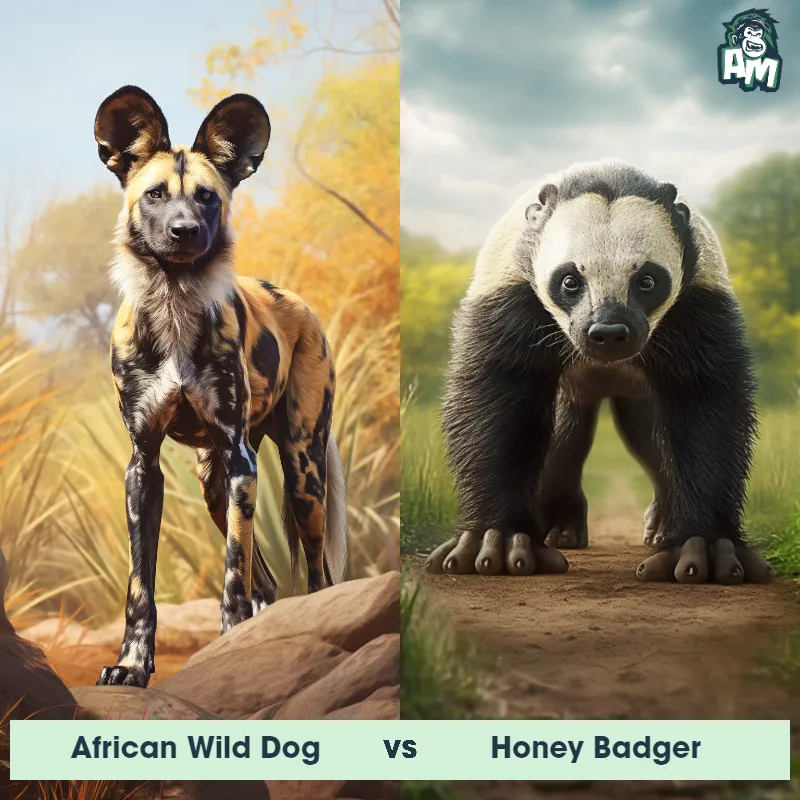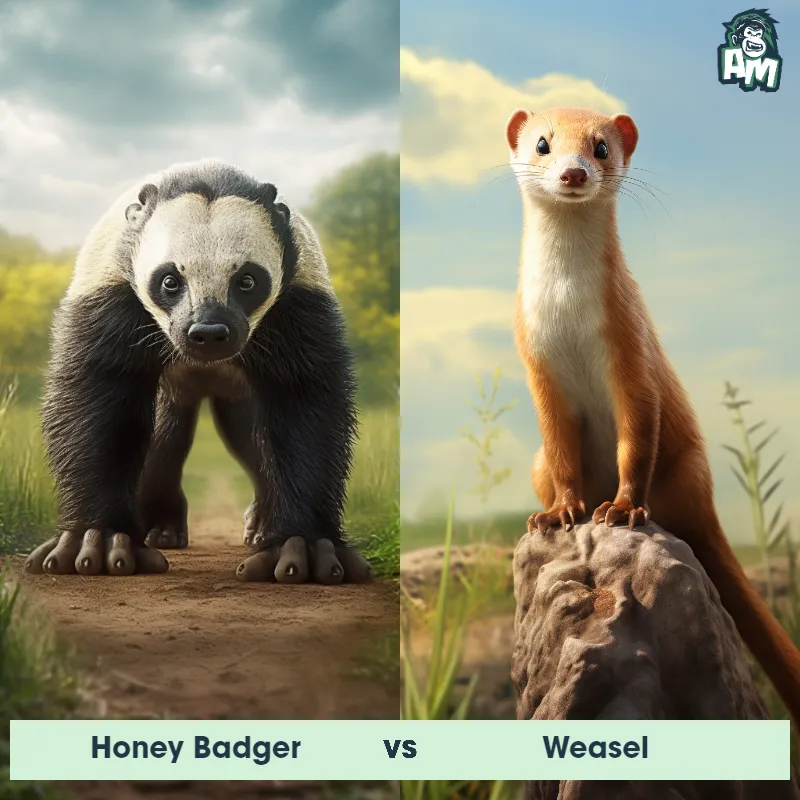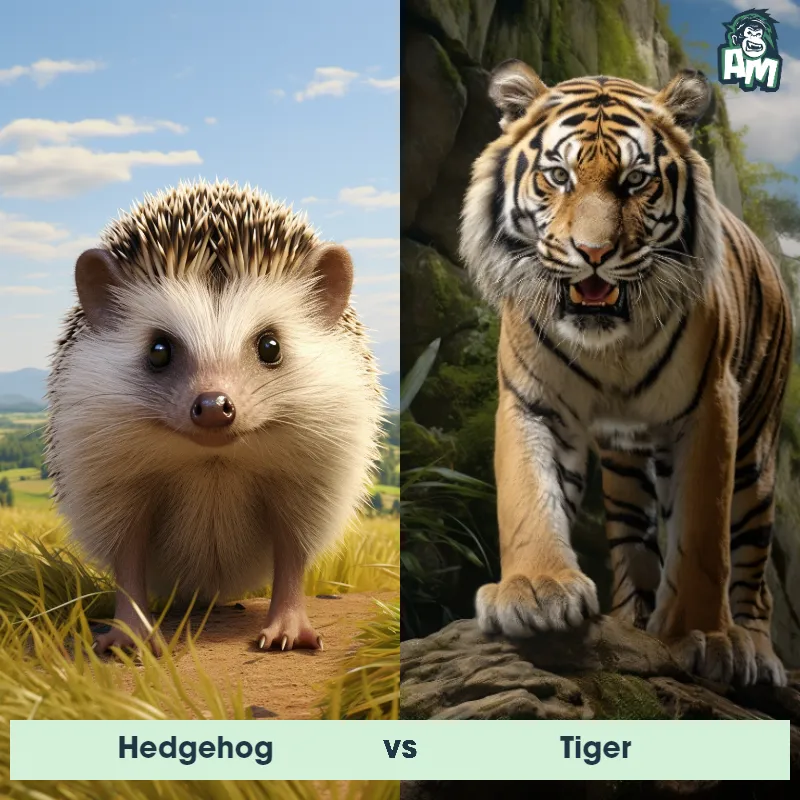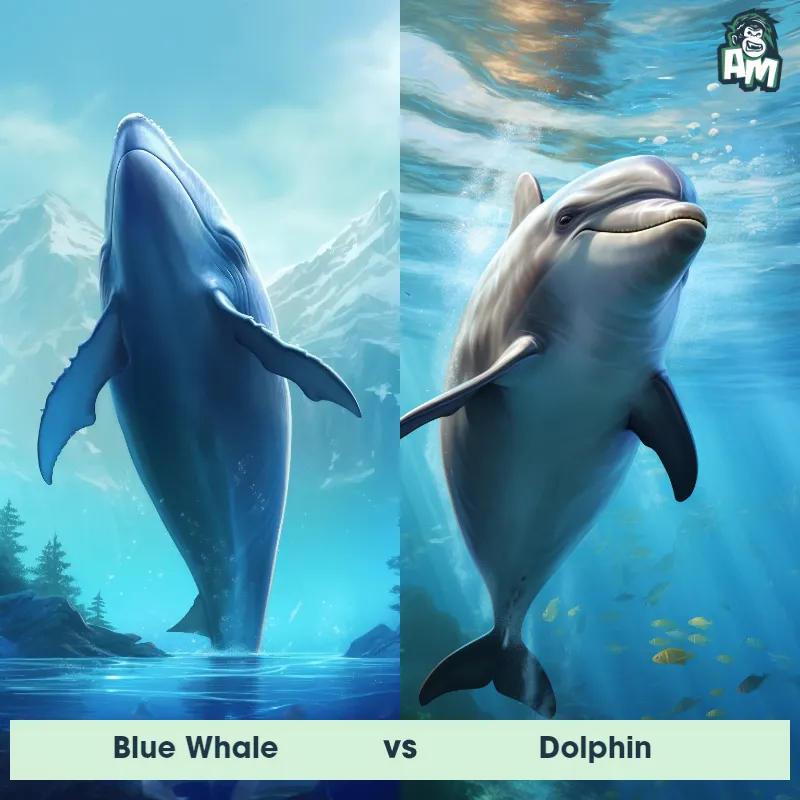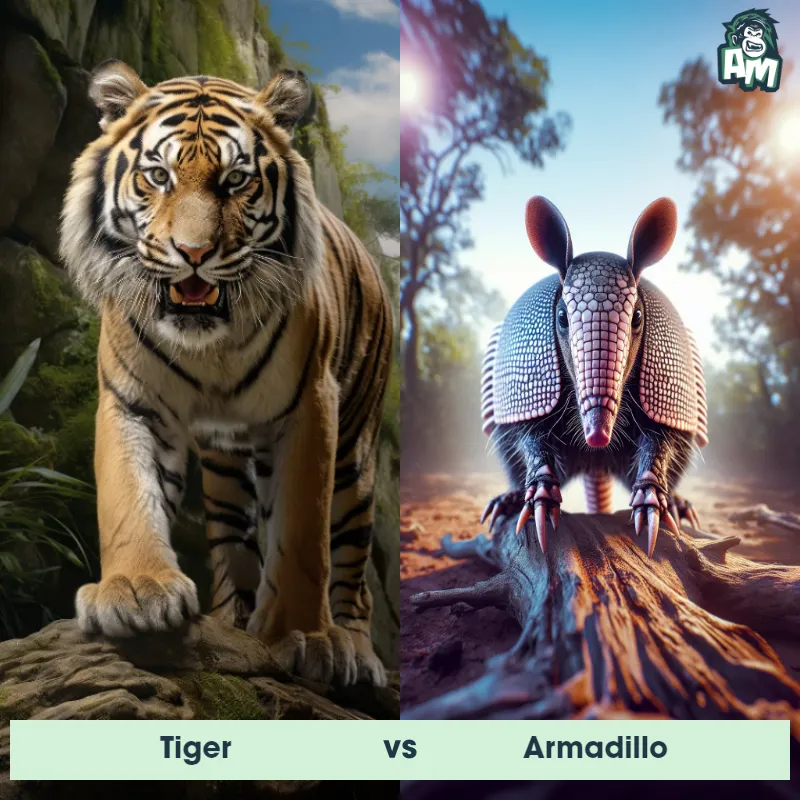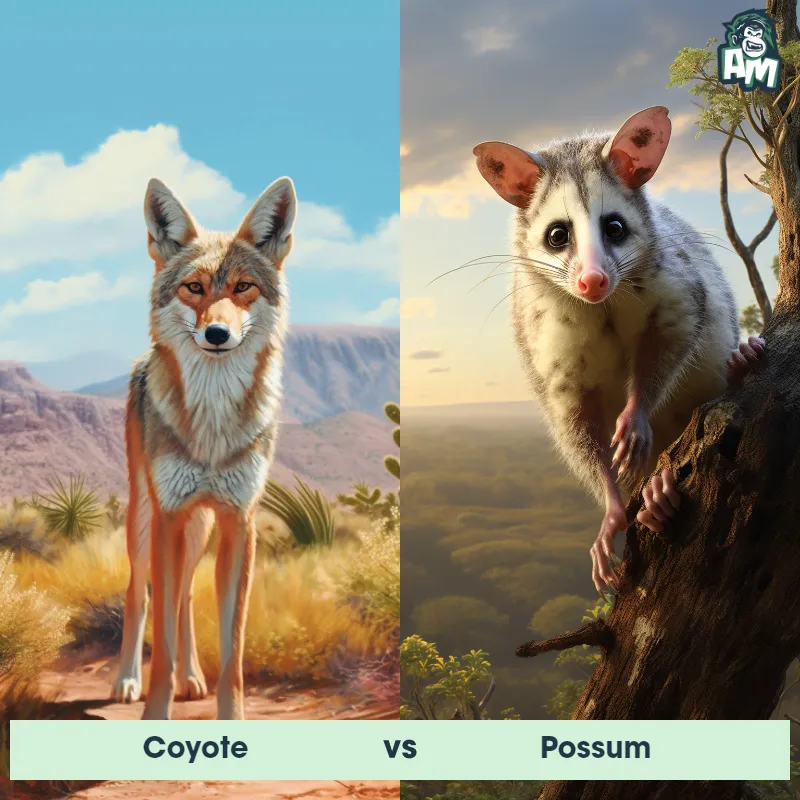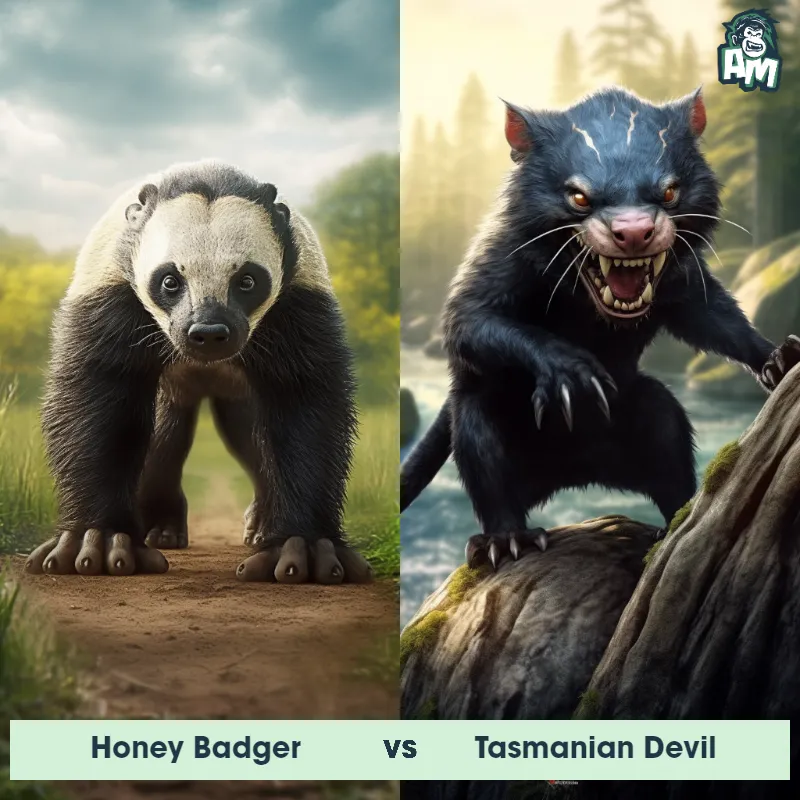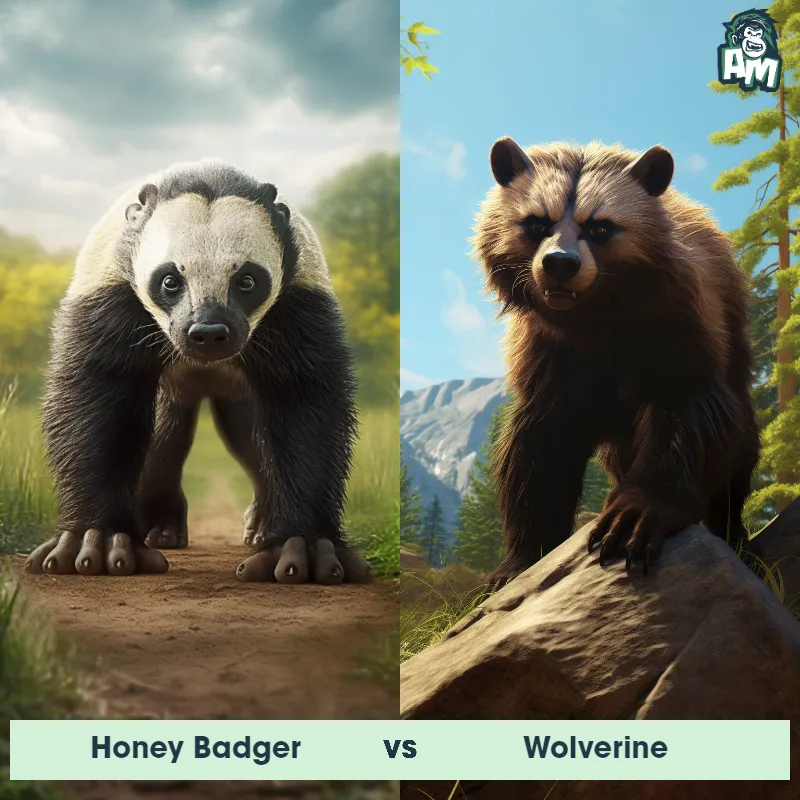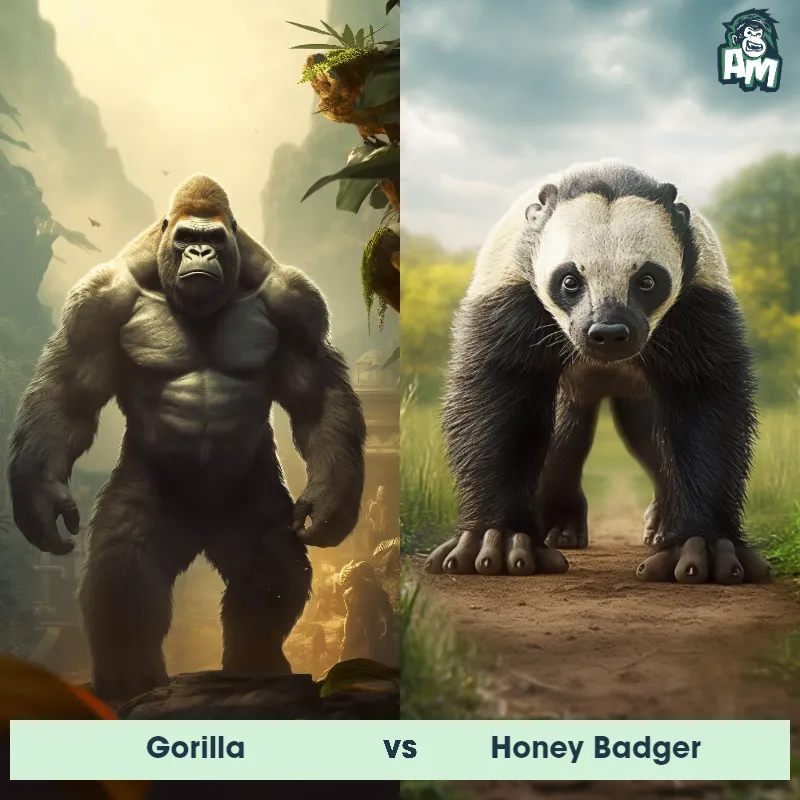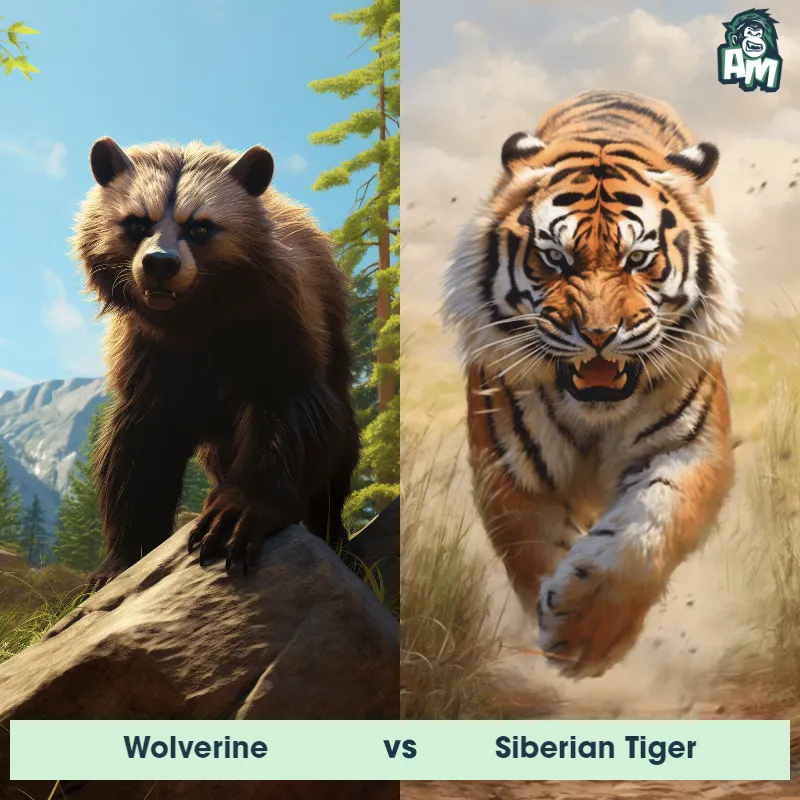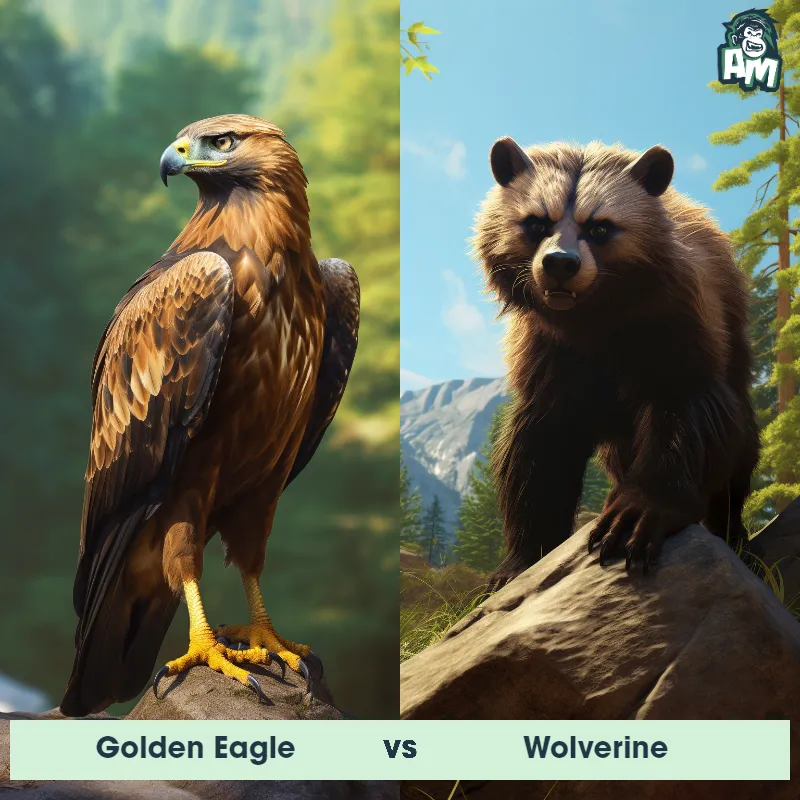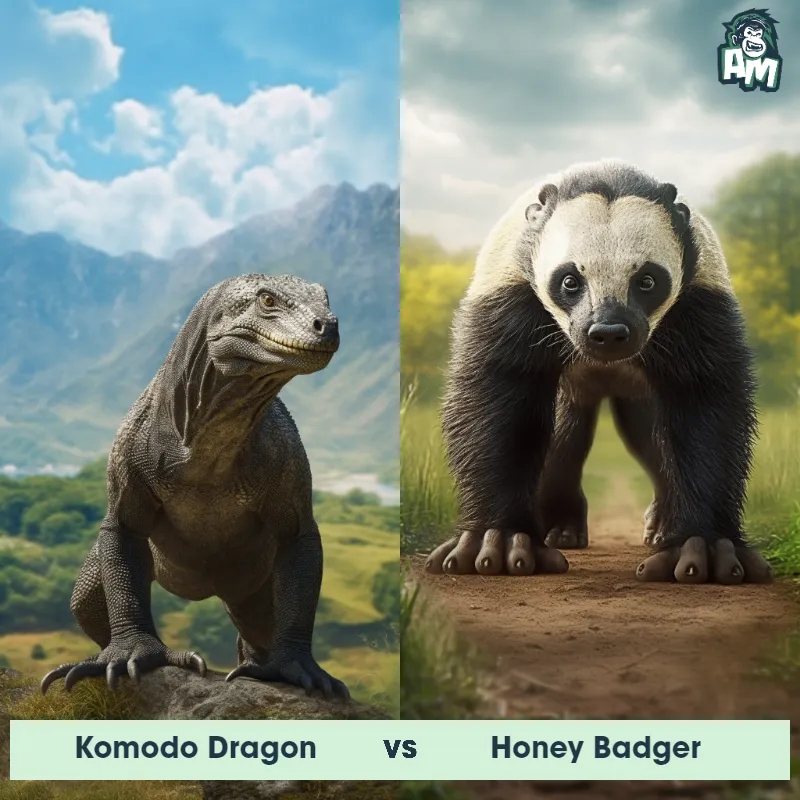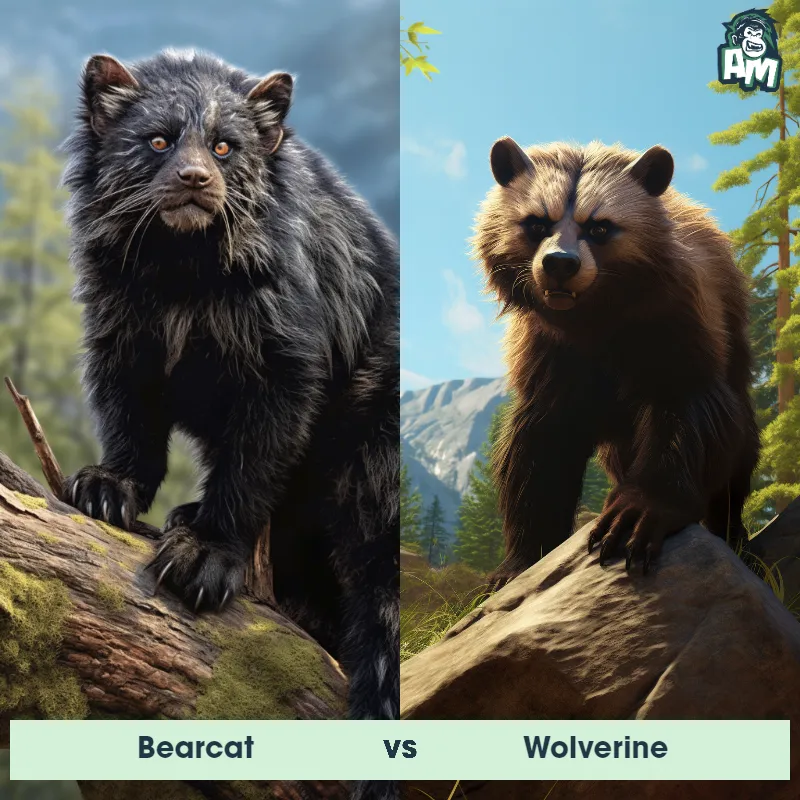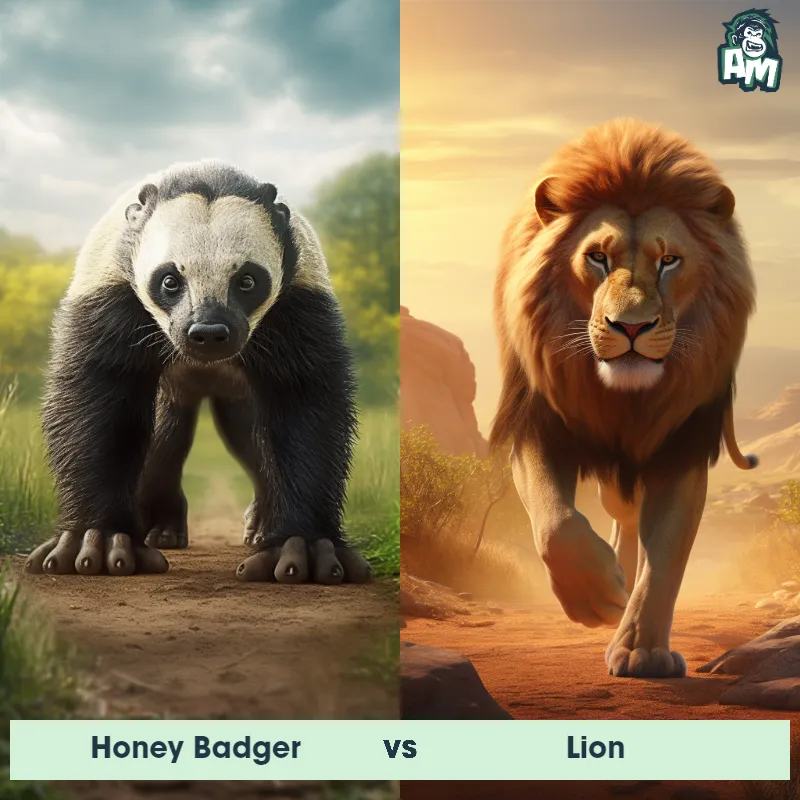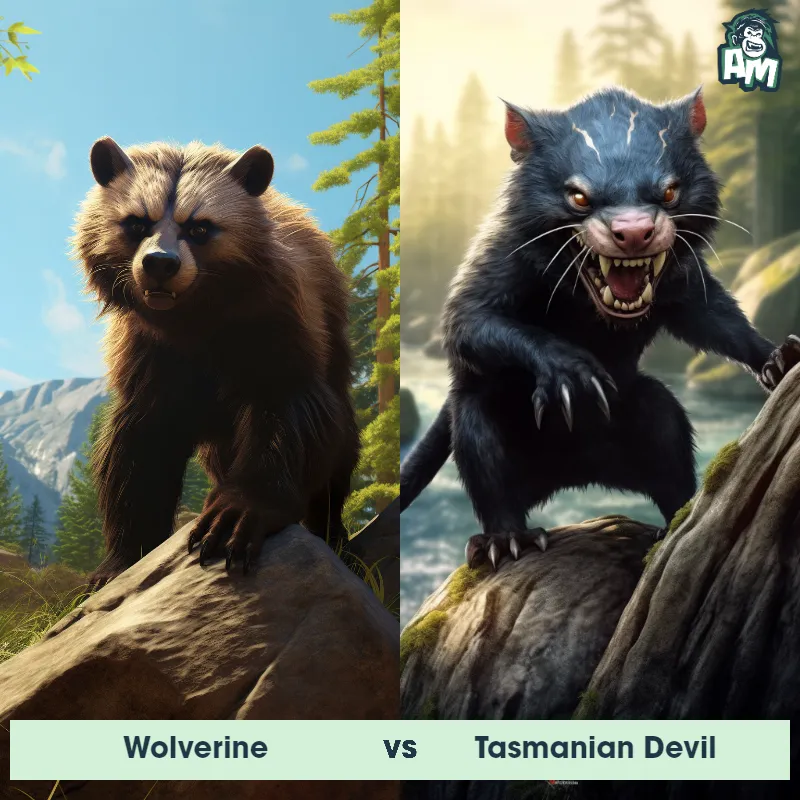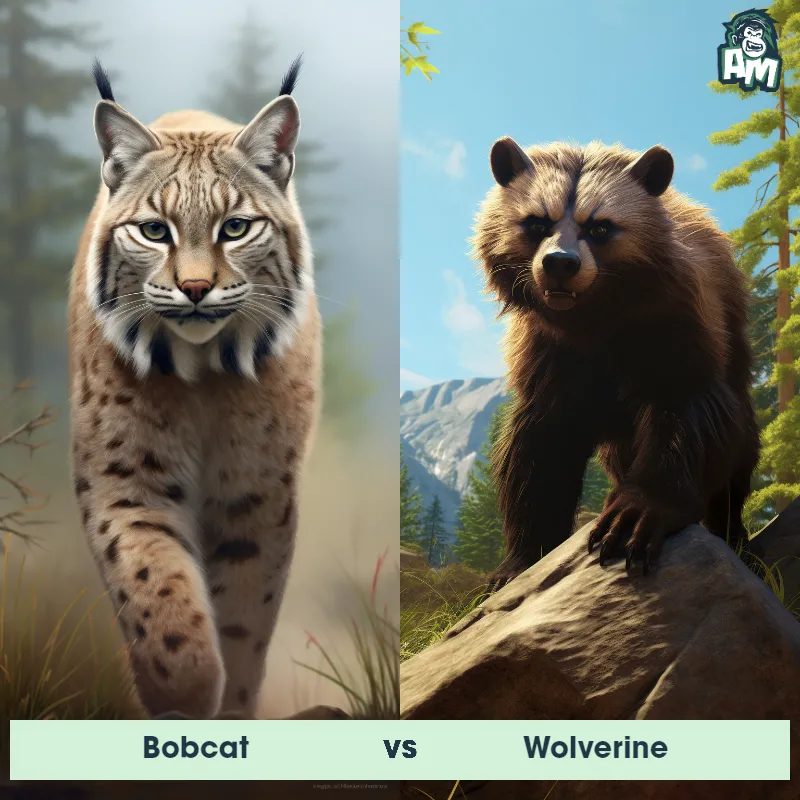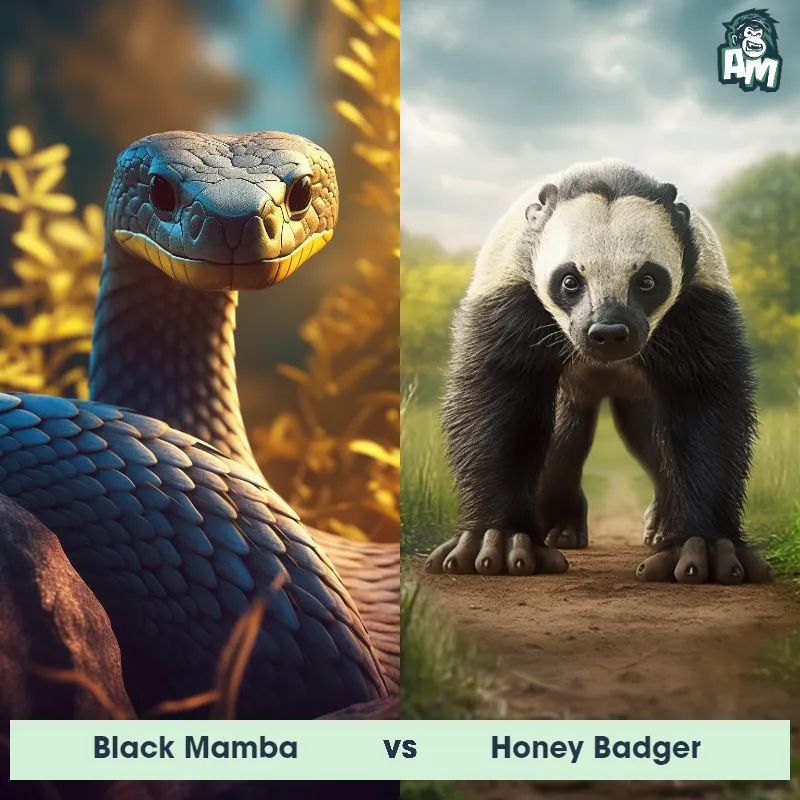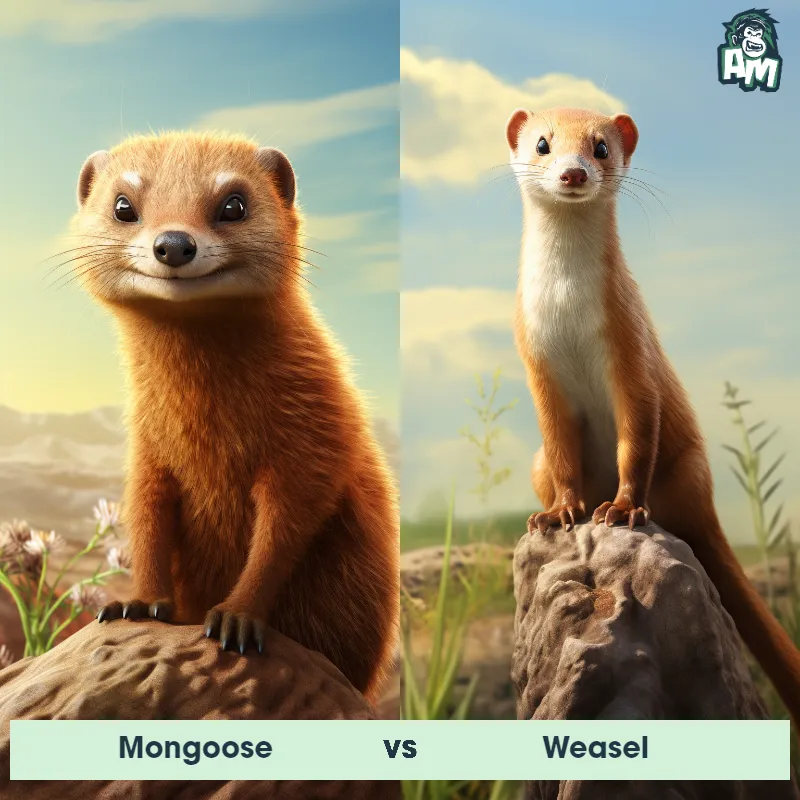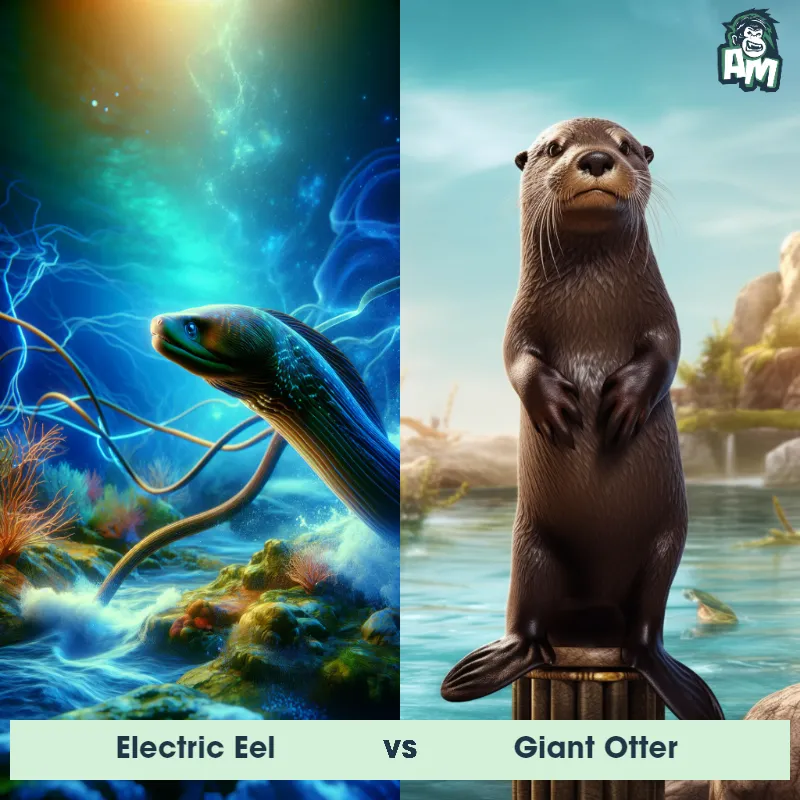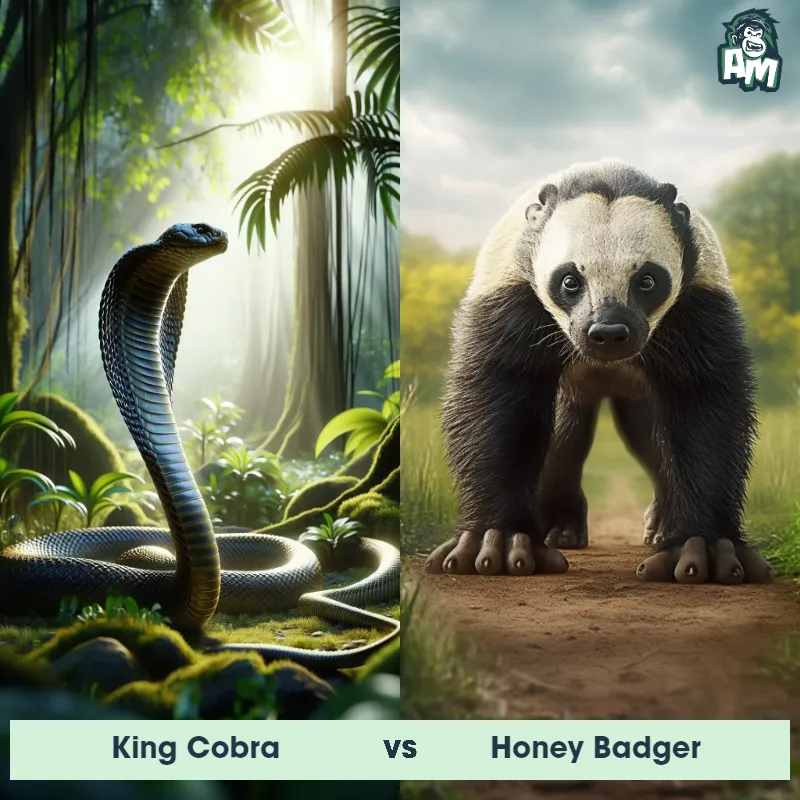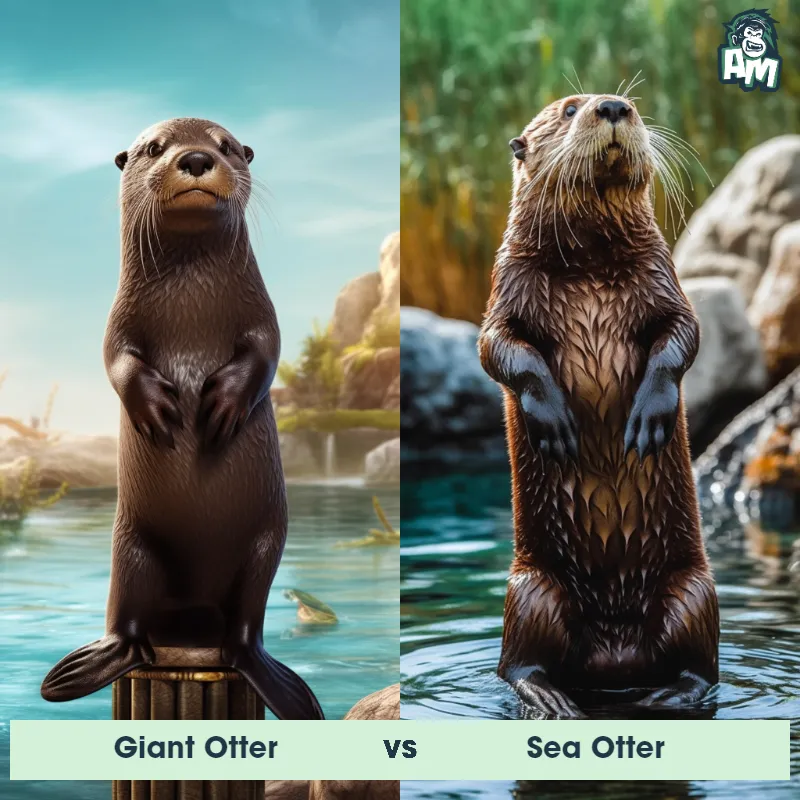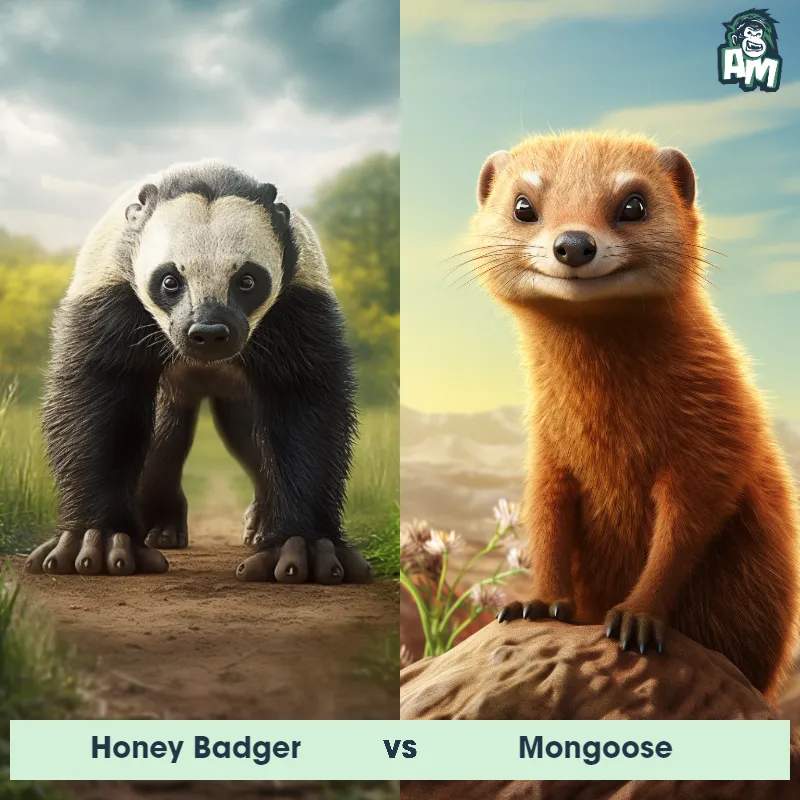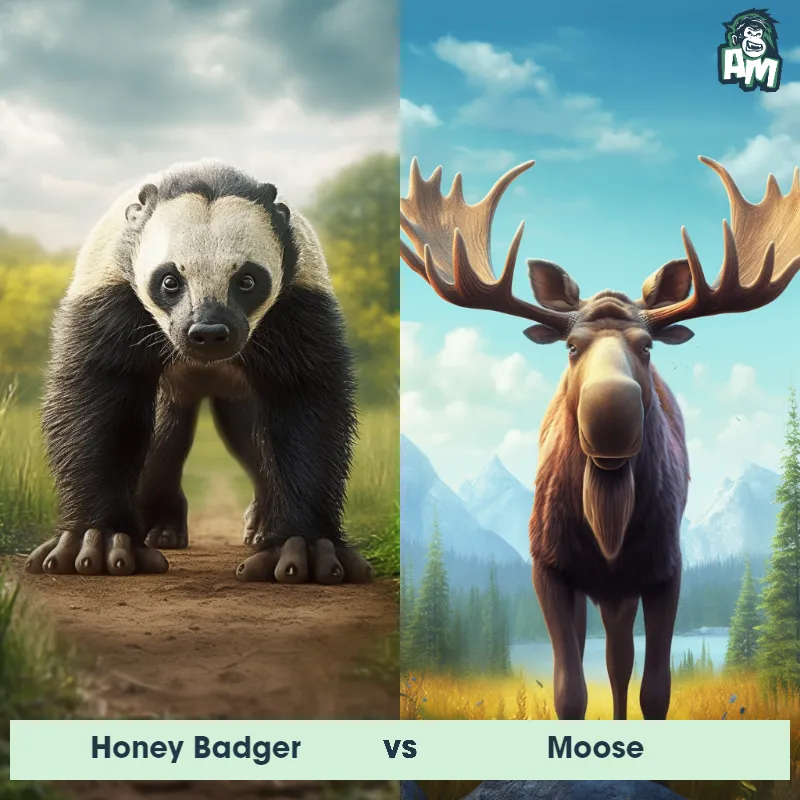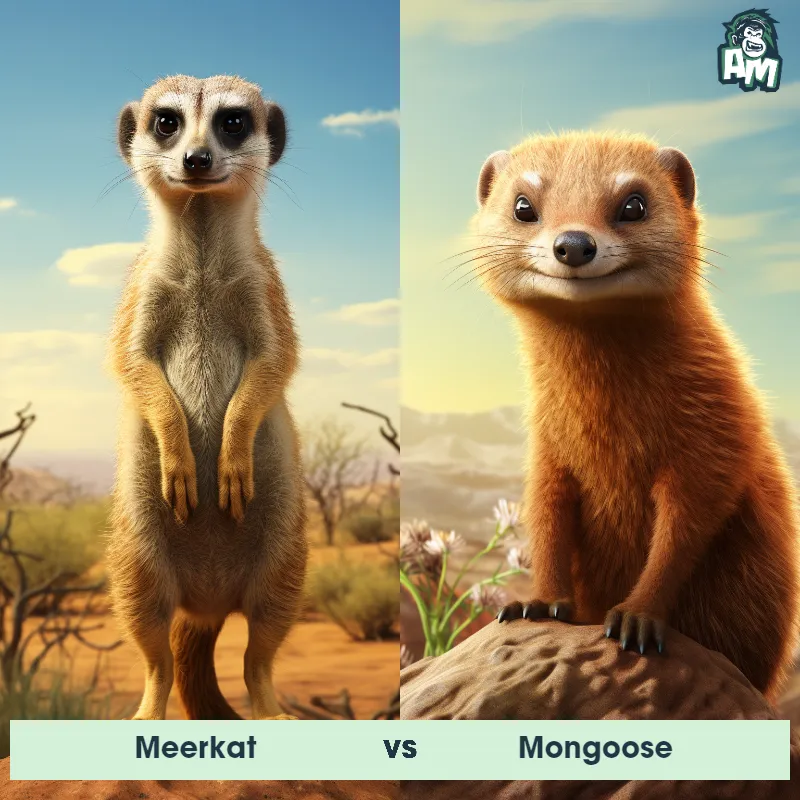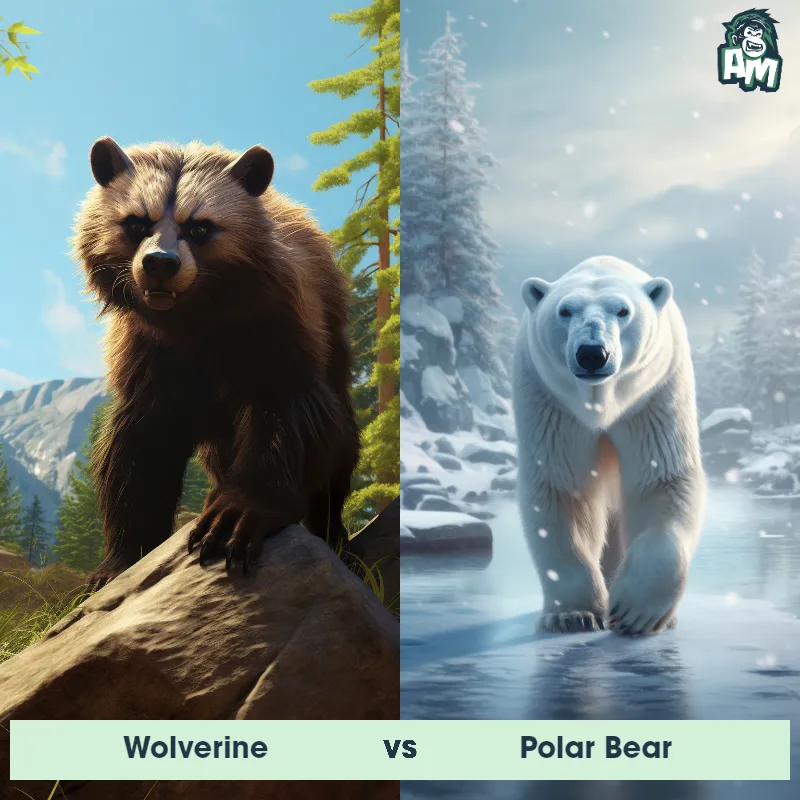Skunk vs ZorillaSee Who Wins

Ladies and gentlemen, welcome to this thrilling matchup between two feisty creatures! We have a skunk and a zorilla ready to go head-to-head in this three-round brawl. The anticipation is high as the crowd eagerly awaits the clash between these two formidable opponents.
Contender 1: Skunk
The skunk is a small to medium-sized mammal best known for its ability to secrete a pungent odor when threatened. Skunks are identifiable by their black fur with a distinctive white stripe that runs down their back and tail. They have a small head, short legs, and a bushy tail. Skunks are omnivores and feed on a varied diet, including insects, small rodents, fruits, and plants.
Fun Fact: Skunks are not as indiscriminate with their spray as people often believe; they can accurately spray their scent at a target up to 10 feet away.
Contender 2: Zorilla
The Zorilla, commonly known as the African Striped Polecat, is a small mammal belonging to the Mustelidae family. It is primarily found in central and southern Africa. The Zorilla has a slender body with a length of about 40-45 cm and a long fluffy tail. Its fur is black and glossy, adorned with white stripes that run from the neck to the tail. This nocturnal creature has large, rounded ears and small eyes. Zorillas are known for their potent scent glands, which they use to mark their territory and ward off potential predators.
Fun Fact: The Zorilla is famous for its unique defense mechanism - when threatened, it can release a foul-smelling liquid from its anal glands, making it one of the smelliest animals in the world!
Matchup Stats
| Skunk | Zorilla | |
|---|---|---|
| Size | 8-19 inches (20-48 cm) | 40-45 cm (15.7-17.7 inches) in length |
| Weight | 1.1-14 lbs (0.5-6.3 kg) | 1-3.3 kg (2.2-7.3 lbs) |
| Speed | 10mph (16km/h) | 26mph (42km/h) |
| Key Strength | Ability to spray a pungent odor | Agility and speed |
| Biggest Weakness | Limited spray range (up to 10 feet) | Lack of physical strength |
Current Votes
Skunk vs Zorilla
See Who Wins
View More Matches
Looking For More?
Similar Matches
Scientific Stats
| Skunk | Zorilla | |
|---|---|---|
| Scientific Name | Mephitidae | Ictonyx striatus |
| Family | Carnivora | Mustelidae |
| Habitat | Forests, grasslands, and suburban areas | Grasslands, savannas, and open woodlands |
| Geography | North and South America | Central and southern Africa |
| Diet | Omnivorous (insects, small rodents, fruits, and plants) | Insects, small mammals, reptiles, birds, and eggs |
| Lifespan | 2 years - 10 years | 3 years - 5 years |
Key Differences between Skunk and Zorilla
- Tail shape: Skunks have a relatively bushy tail that tapers gradually, while Zorillas have a slender, elongated tail that tapers abruptly towards the end.
- Facial markings: Skunks typically have a white stripe on their face, starting from the forehead and extending over the top of the head, whereas Zorillas have a uniform coloration on their faces without any distinct markings.
- Color pattern: Skunks have distinctive black fur with white stripes running down their backs, while Zorillas have a more variable coloration, ranging from predominantly black to brown or gray, with lighter patches or stripes.
- Habitat: Skunks are found primarily in the Americas, while Zorillas are native to parts of Africa, including the southern region.
- Fur texture: Skunks have fur that is often softer and more luxurious, while Zorillas have a coarser, rougher fur texture.
- Size: Skunks are generally larger than Zorillas, with an average adult weight of 6 to 10 pounds, while Zorillas are much smaller and weigh only about 2 to 4 pounds.




